Picos de Europa is a stunning national park in Northwestern Spain, a fantastically preserved hiking secret that remains unknown to many. Here, you'll discover rugged landscapes, beautiful lakes, local culinary surprises, and untouched nature. You might even spot a vulture or a wolf! The coast and cities like Bilbao and Santander are nearby, making the journey convenient. The possibilities for hiking in Picos de Europa are endless. Reason enough for us to explore this area and share with you how to make the most of your hut-to-hut trek in Picos de Europa.
The oldest national park in Spain is a green oasis where you'll encounter a variety of landscapes for hiking, from peaceful meadows with cows and sheep to rugged peaks and charming villages. Glacial lakes sparkle in the sun, and a local shepherd guides his flock through a narrow street. Take the cable car up at Fuente Dé, enjoy the views, and reward yourself in the afternoon with a local 'sidra.' Vamos!




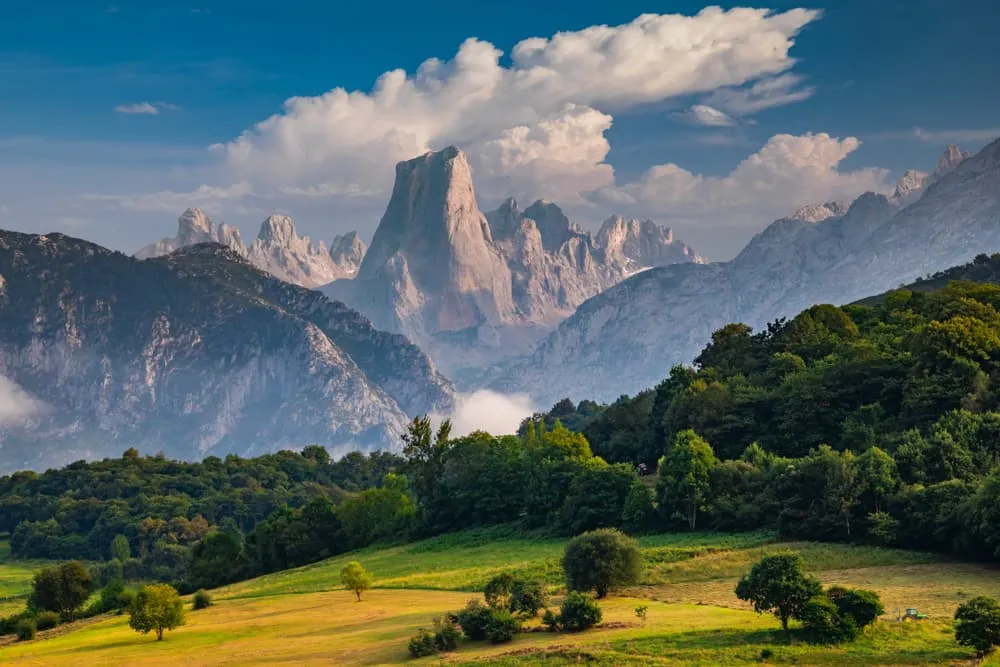
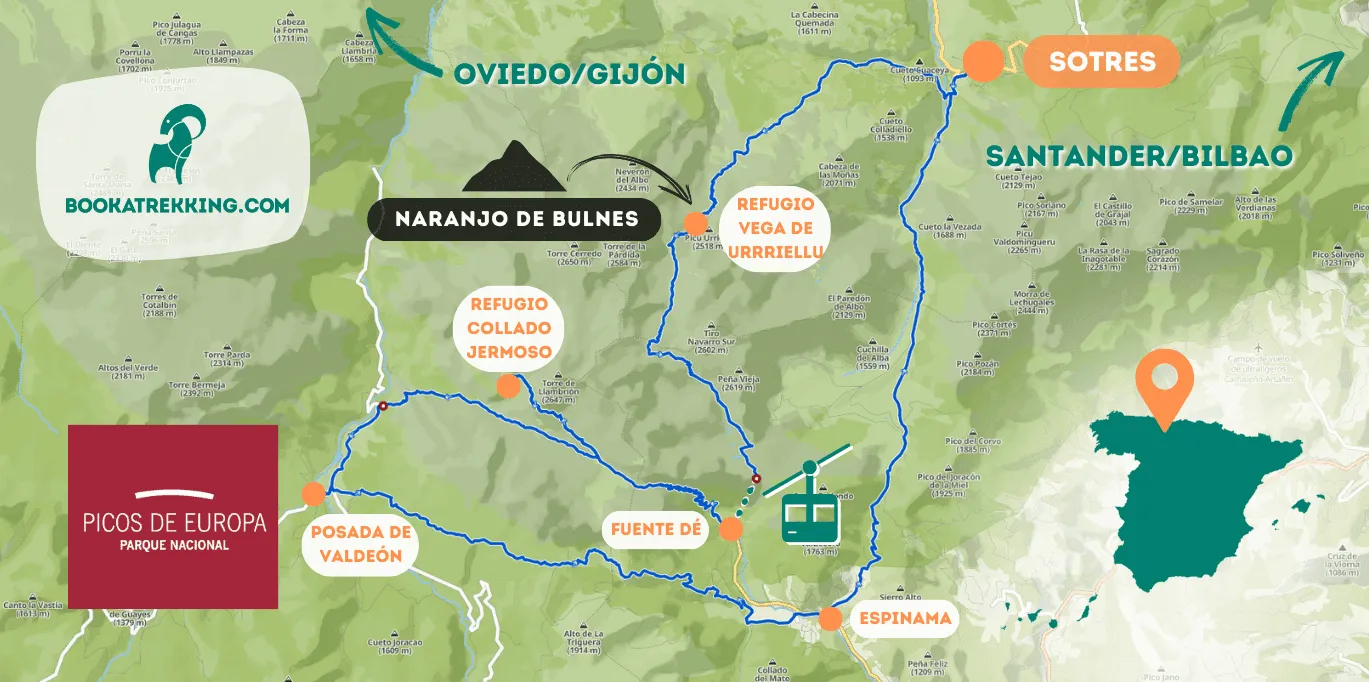

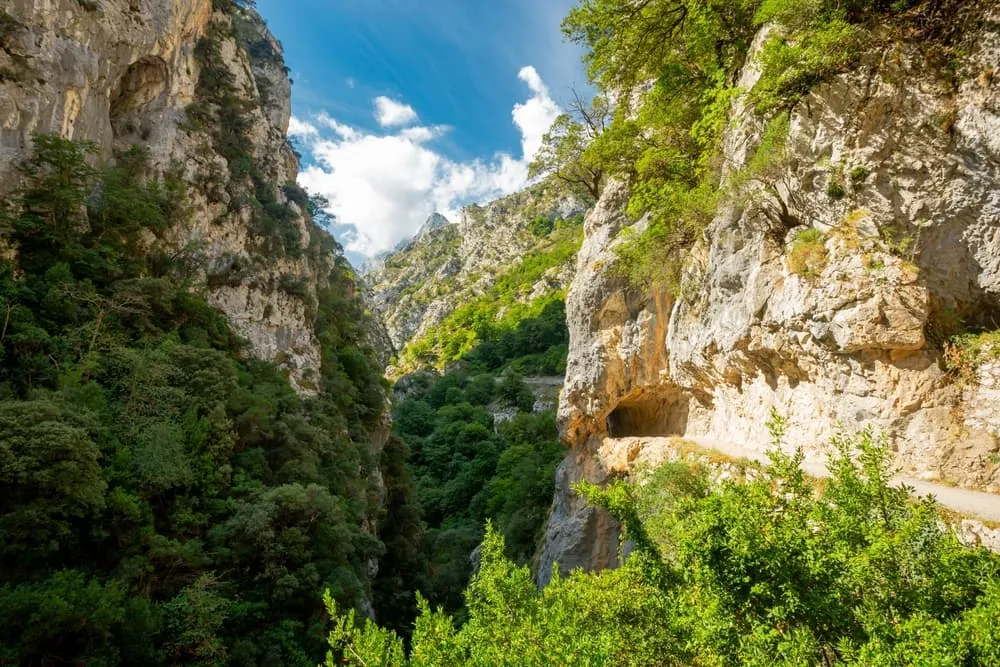
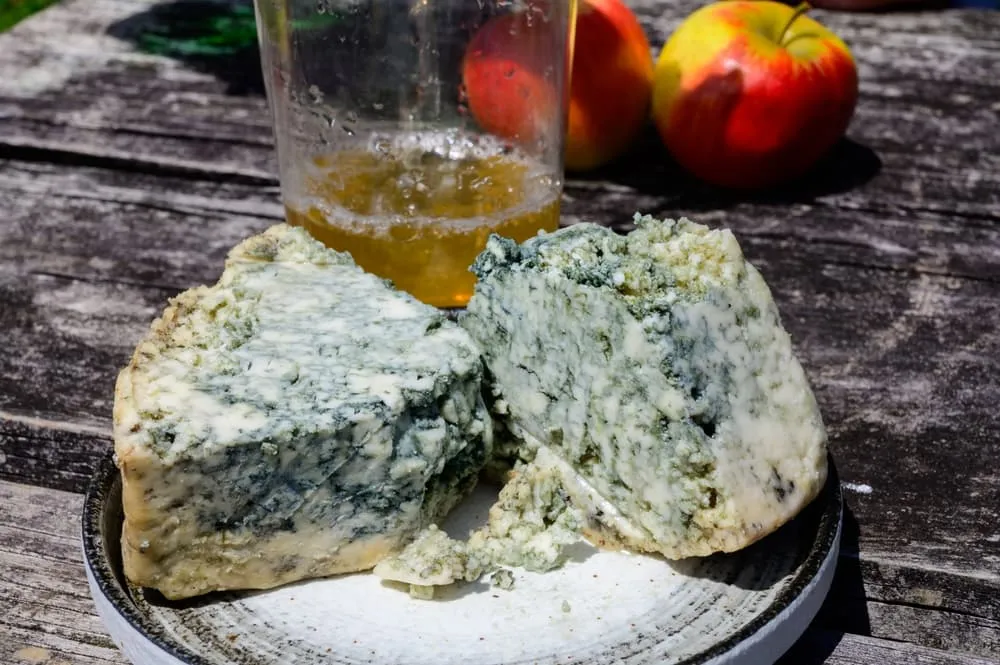
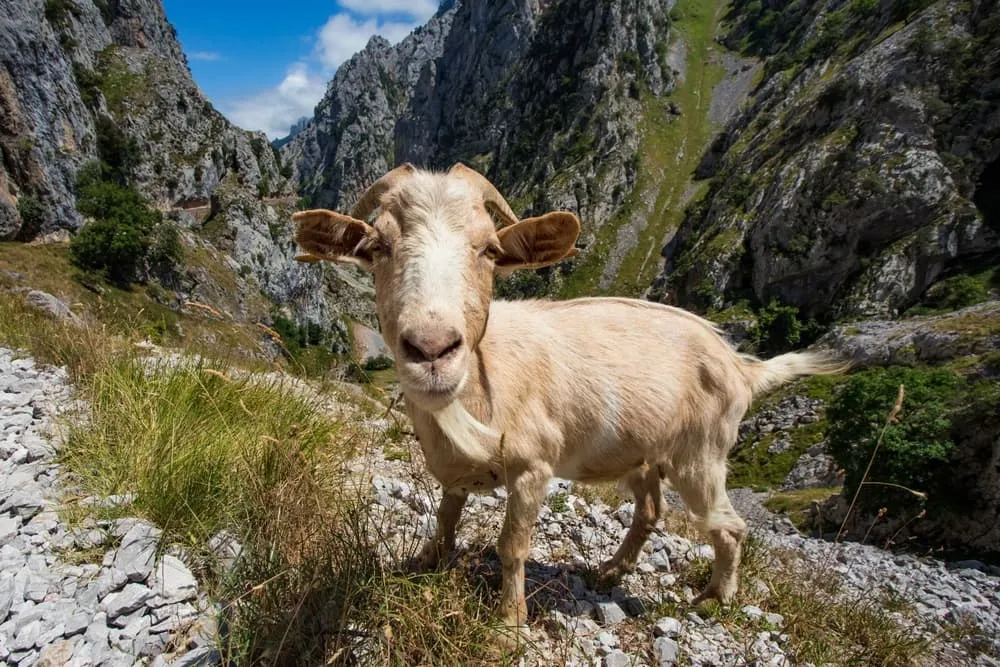
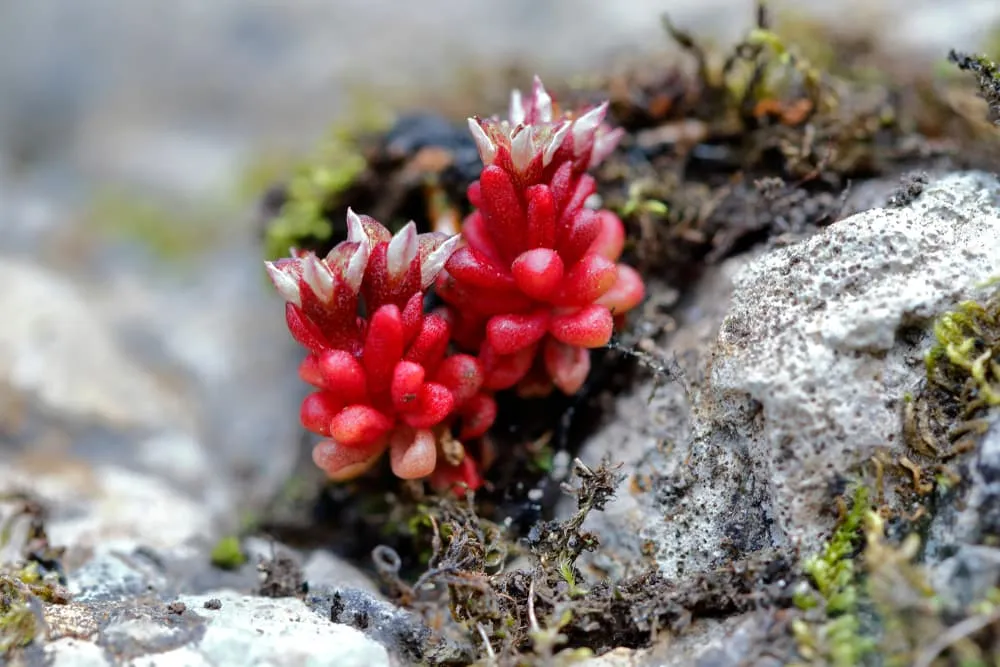


Comments